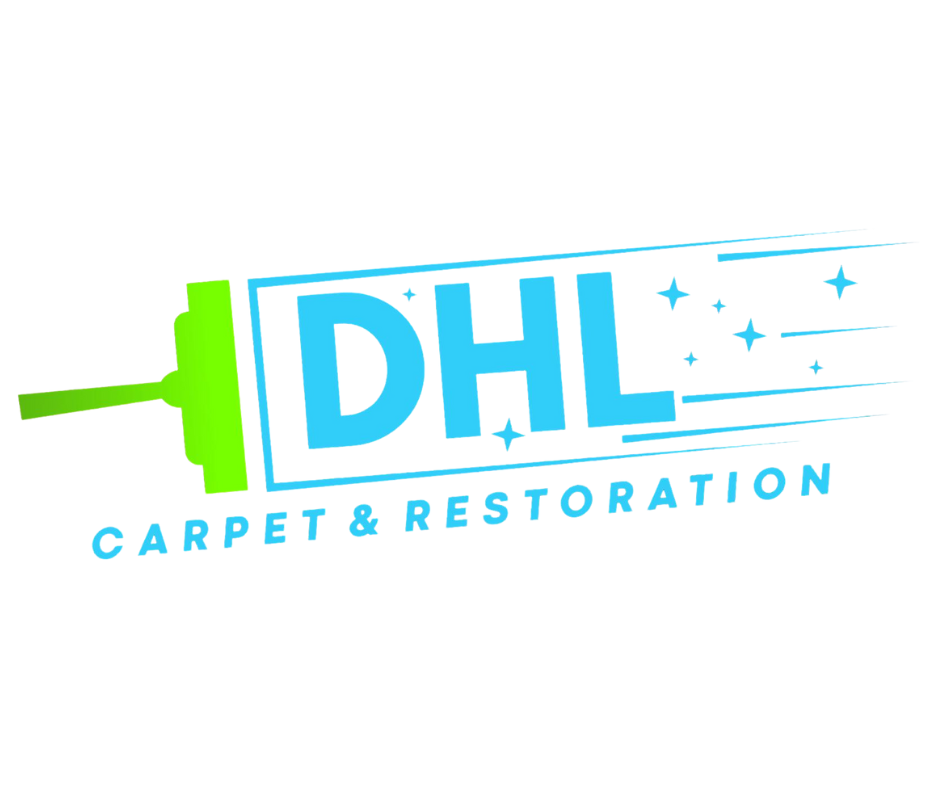Mold doesn’t just appear overnight—it begins quietly, often hidden behind walls, under floors, or inside insulation. As spores find moisture and organic material, they begin to colonize and spread, compromising both indoor air quality and structural safety. By the time the problem becomes visible, the health of the home—and its occupants—may already be at risk. That’s why professional Mold Remediation is so important. It targets not just surface growth but the entire ecosystem of spores and conditions that allow colonies to thrive.
Why Hidden Mold Colonies Are So Dangerous
Mold spores become especially hazardous when they develop into mature colonies. These clusters release microscopic particles known as mycotoxins, which can affect respiratory health and trigger allergies, asthma attacks, or chronic fatigue in sensitive individuals. Colonies hidden inside walls or beneath carpets may go undetected for weeks or months, slowly deteriorating building materials and releasing spores into the air.
The problem is compounded in homes with high humidity or recent water damage. Mold loves dark, undisturbed areas—basements, attics, behind bathroom tiles—where moisture lingers. Because the threat is invisible at first, property owners may not realize the extent of colonization until it’s severe. By then, DIY efforts are ineffective, and deeper structural damage may already be occurring. These silent threats demand a strategic and comprehensive solution.
The Role of Remediation in Controlling Colonization
The goal of Mold Remediation isn’t just to clean; it’s to restore safe, healthy living conditions and ensure the mold does not return. The process starts with a full assessment using advanced detection tools that measure moisture content and identify the full extent of contamination—even behind finished surfaces. Once the area is mapped, specialists use containment strategies to stop spores from spreading during removal.
HEPA vacuums, air scrubbers, and antimicrobial treatments are employed to eliminate both active colonies and airborne spores. Contaminated materials such as drywall or insulation are carefully removed if necessary. But successful remediation also goes further: addressing the root causes that allowed mold to flourish in the first place, like leaky plumbing, poor ventilation, or trapped humidity. Without resolving these factors, mold is likely to return even after a thorough cleanup.
Best Practices for Long-Term Prevention
Once remediation is complete, maintaining a mold-resistant environment becomes key. Controlling humidity, improving ventilation, and sealing vulnerable surfaces are foundational to long-term protection. Areas previously affected by mold should be monitored closely, and homeowners are advised to perform regular maintenance in moisture-prone zones like bathrooms, kitchens, basements, and laundry rooms.
The most effective mold prevention strategy is proactive awareness—combined with expert intervention when necessary. Remediation professionals don’t just remove mold; they educate property owners on how to prevent it from coming back. When hidden colonies go untreated, mold can silently damage a structure and jeopardize health. But with comprehensive Mold Remediation, the danger can be eliminated—and the space restored to a safe, livable condition.
Learn more about mold remediation:
How Humidity and Temperature Impact Mold Spores—and Mold Remediation Solutions
Why Mold Spores Thrive Indoors and How Mold Remediation Can Halt Their Growth

